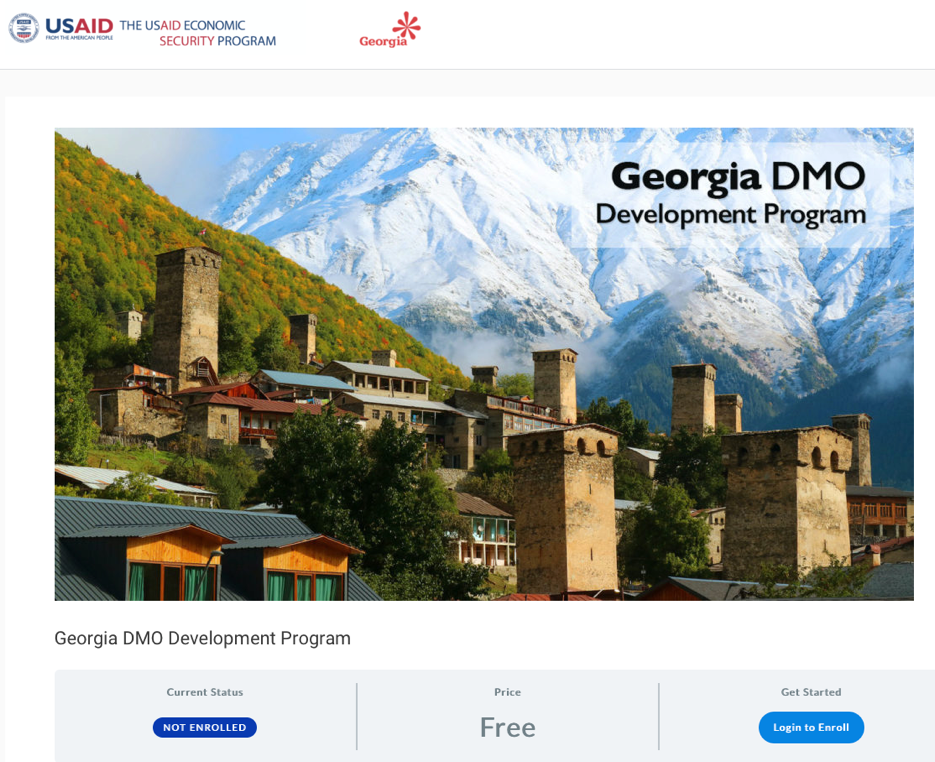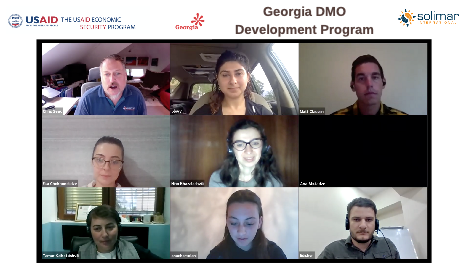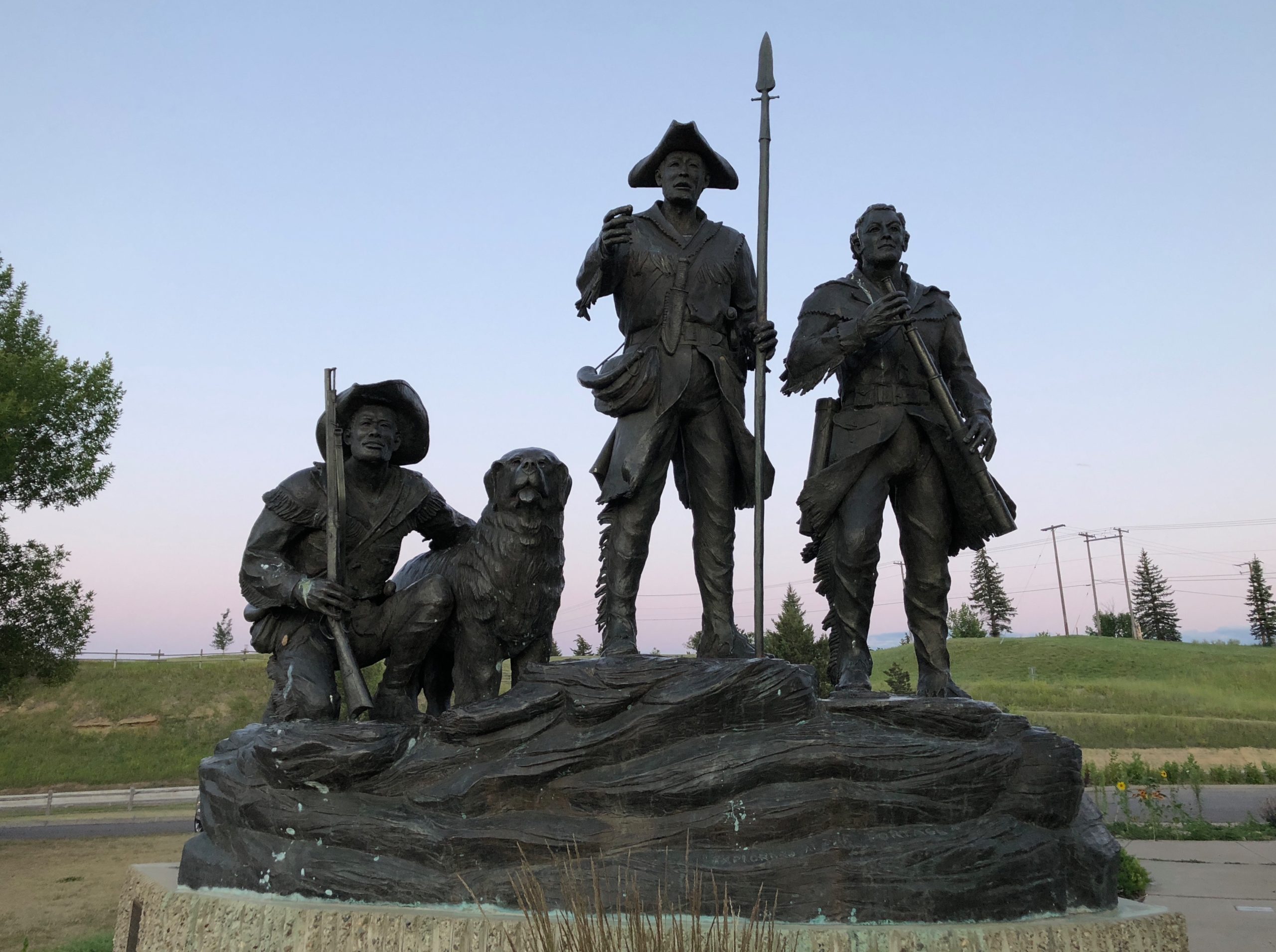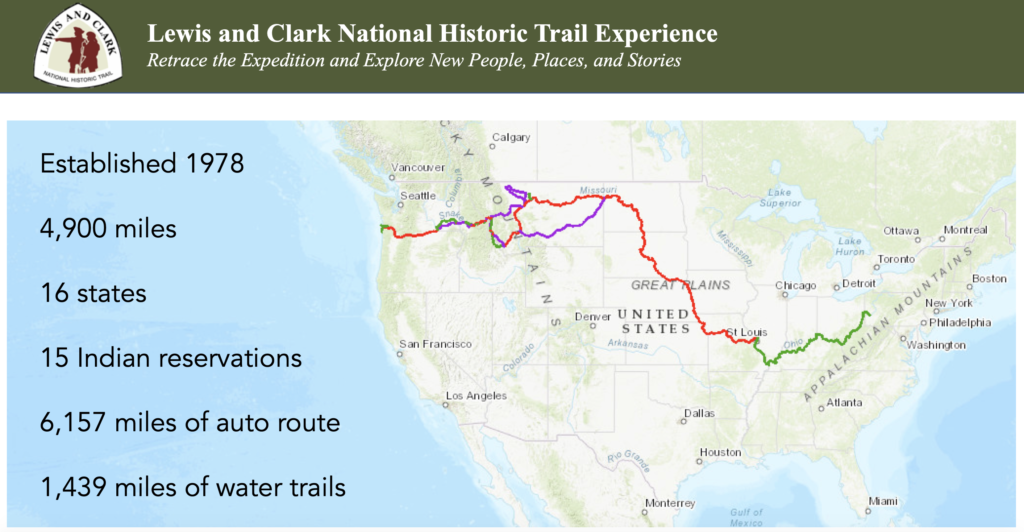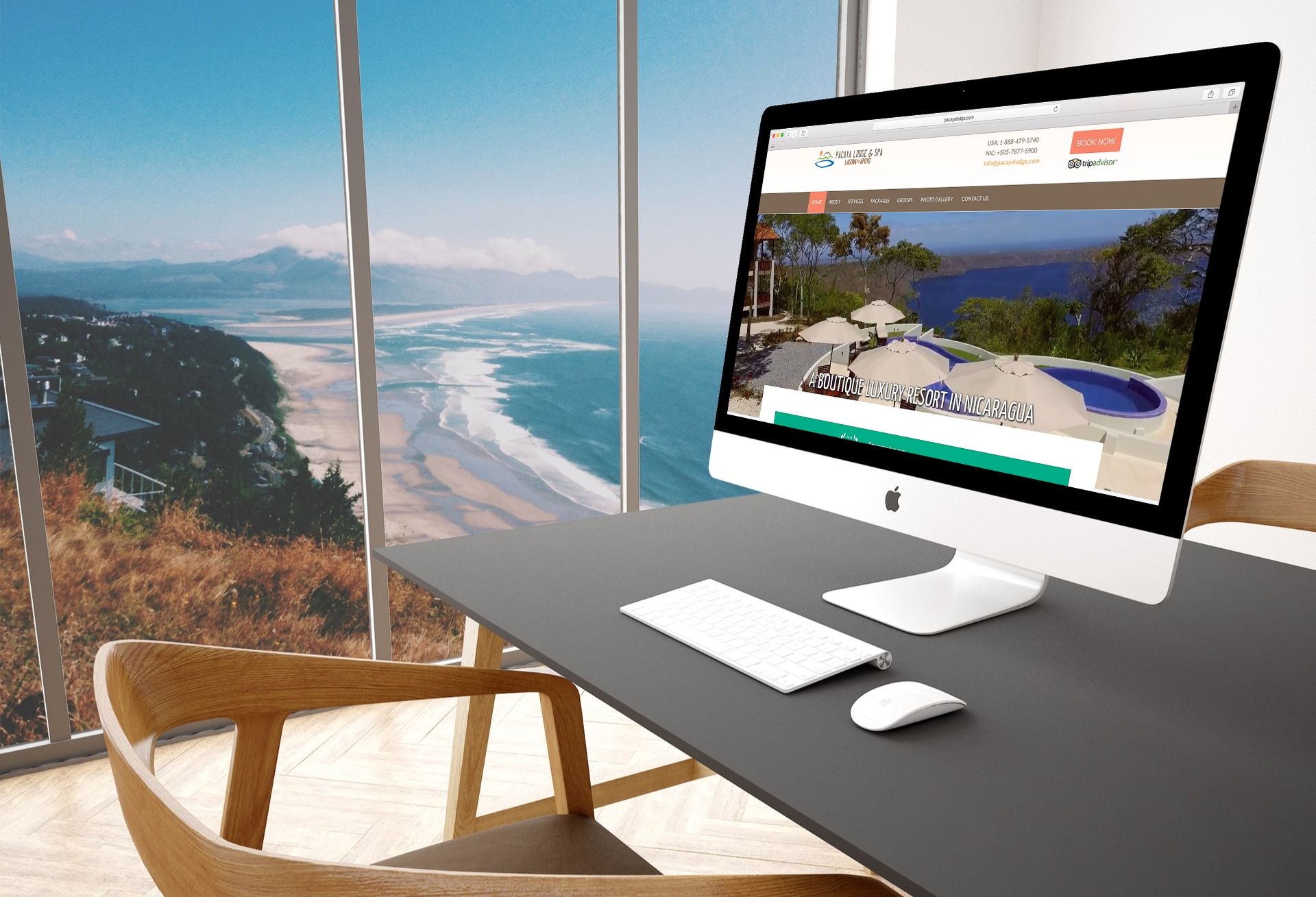Content is at the heart of any marketing strategy. Content informs the target audience about a subject and it is the engagement piece that lures them to action.
Without content there is no message.
This week’s DMO Development Program session discussed Tourism Information Systems and the digital strategies for managing the content inside a tourism destination. Tourism information relates to any and all content content pertaining to your destination. This might include factual information, descriptive marketing copywriting, maps, images, and videos. More recently, online marketing has become the primary driver of this content.
Content management relies on an active and seamless network of content generators and content “curators” – those that manage the content flow and that can edit, reframe, and distribute the content to appropriate audiences. Tourism Information Systems help content managers more easily conduct this process. Systems like Travel Oregon’s Online Tourist Information System (OTIS) or Australia’s Smartest Tourism Destination clearly lay out the content curators need to promote specific aspects of a destination, making navigating and promoting different points of interest easy and effective.
Categorizing Content
Content creation part of a destination management organization’s marketing strategy, can be broken into two different categories:
– Static content is the foundation for online properties (such as a DMO website) and key informational gateways (such as GNTA’s Georgia.Travel website). Static content is basic, rarely changing information that might include destination descriptions, the destination’s history, currency, product descriptions, and relevant rules and regulations.
– Dynamic content is constantly evolving and is generally driven by what is relevant within a certain time period. Dynamic content might be news about new attractions, information on deals or sales, or reactions to current trends. The Lewis and Clark Trail Interactive Map or the World Heritage Journeys Map are examples of dynamic content, in which places can be nominated in order to be added to a map and guide. The National Geographic’s Geotourism Mapguides also demonstrates how this content can be dynamically utilized.
Numerous computer-based tools and softwares can be used for collecting, creating, storing, processing, and distributing content, regardless of whether it is dynamic or static. These include, but are not limited to:
- Saas – Software as a Service, cloud-based servers and databases to make it easy to deploy information
- Customer Relationship Management (CRM) for tourism suppliers/industry partners are a platform to keep demographic information on visitors/leads (ie: Salesforce, Hubspot, Microsoft dynamics 365, Simpleview)
- Digital Asset Management (DAM) are used to catalogue images and marketing assets. (ie: Crowdriff and Mediavalet)
- Reservation Management System (RMS) are designed to receive bookings online (Booking.com, Adventure Bucketlist)
- Marketing Automation Software (MAS) allow DMOs to build editorial calendars and content pillars (ie: Hubspot)
- Social Media Management Softwares are built to keep all social media posts in one place (ie: Hootsuite)
Tourism Information Systems: In Their Own Words
As part of Solimar’s DMO Development Program, the Republic of Georgia’s tourism leaders were fortunate to sit-in on two expert interviews focused on Tourism Information Systems. The first DMO expert interview was Cecilia Suvagian from Travel Oregon. When asked how she defines tourism information systems, Ms. Suvagian responded: “Anything that helps the visitor plan their trip and find things to do on their journey. Questions such as ‘Where am I going?’, ‘What am I going to eat when I’m there?’, and ‘Where am I going to stay?’ are all important to have a better sense of the visitor perspective.”
Ms. Suvagian added that properly evaluating the DMOs goals and partnerships is a critical first step in creating a strategy in order to develop relevant content pillars and ensure that the stories are shared and promoted by the destinations stakeholders. “If you are working on a system where you will be sharing the data, be sure to bring in those partners early. Their input and feedback will be critical to your system actually being able to be used in the way you imagine it” Cecilia said.
The bonus interview for this week’s session brought two guests: Natalie Durzynski and Amrita Gurney from CrowdRiff, an online software platform and web-based tool for destination marketing. Solimar asked why visual images are so important to destination marketing, to which Ms. Durzynski replied, “Communication is happening due to visuals. Visuals get people to stop and pay attention,” Natalie said.
The underpinning of all DMOs marketing activities should be the identification, development, presentation, and distribution of content that is informative and engaging for potential travelers. A well-planned and executed content management structure is crucial to ensure that relevant, high-quality and engaging content is made available at opportune times and disseminated via the appropriate platform.

